Rua das Flores one of the historical streets of Porto to visit
From São Bento station nearby, down the beautiful Rua das Flores, declared a World Heritage Site. It is a pleasant walk through the upper area of the city to the Riviera area. Its full of jewelry, bookstores and cozy little shops ... I like to appreciate the buildings with their facades, tiles and charm.
The street was opened between 1521-1525, at the end of D. Manuels reign, on land occupied by the bishops gardens, when it was called "Rua de Santa Catarina das Flores".
The opening of the new street, linking Largo de São Domingos with the Porta de Carros (now Almeida Garrett Square), met the needs of population growth and economic development. With the opening of Rua das Flores, the 16th century square of São Domingos also underwent important transformations, housing the first "round fountain" of Porto.
The construction of the new street coincided, on the one hand, with the end of the ancestral privilege of banning the nobles from staying in the city, and, on the other, with the growing affirmation of a merchant bourgeoisie, which cultivated a taste for the great palaces and environments full of Lux. Rua das Flores will be a beautiful example of the realization of these two trends.
The construction in Flores was done according to unprecedented molds because, for the first time in the urban history of the city, came a precise regulation on the type of housing to be built, forcing a regularization of both sides of the street, allowing a good visibility of the facades.
The most representative nucleus of the inhabitants of the street was the designated urban aristocracy - citizens linked to the municipal administration of the city and the Crown, merchants, often noble, and some New Christians -, connoting the street with a strong elitist character, that space the building sought to confirm.
However, the upper part of the street was inhabited by men mainly linked to crafts: mechanics, shoemakers, boilers, locksmiths, bricklayers, blacksmiths, etc. The extraordinary influx of these men into Porto is linked to the phenomenon of "ennobling the city" and the fact that the street was, at the time, next to one of the largest shipyards in the city, the Monastery of St. Benedict of Avé-Maria. Traders and industrialists, bleed barbers, surgeons, as well as some clerics and outside judges, also settled in this street.
Casa dos Maias (No. 29), a building of great historical value whose construction dates back to the 16th century.
Company House (No. 69), where the General Company of the Alto Douro Vineyard Agriculture, created by the Marquis of Pombal, operated.
Casa dos Sousa e Silva (no. 79-83), whose coat of arms bears the date 1703.
House of Constantines (no. 139), 17th century.
Church of Mercy of Porto, whose construction began in 1559.
Museum of Mercy of Porto
Casa dos Cunhas Pimentéis (at the corner of Largo de São Domingos), a building of great historical value whose construction dates back to the 16th century.
Chaminé da Mota Bookstore, Bookstore No. 28 house founded in 1981, buying and selling books and antiques.
Oporto Puppet Museum
Its stores of Traditional Commerce where stand out centenary goldsmiths.
It is a small and somewhat shopping street
It is a small and somewhat shopping street, at the end of this reach the palace of La Bolsa. If so named because the street was covered with roses for the wedding of one of the kings of Portugal, whose happy ending depended on the Treaty of Windsor. Roses were not olfactory way, but rather decorative because in hygiene Middle Ages was not very common.
The streets name comes from the lush, flower-filled gardens that existed on the grounds where the street opened: the bishops gardens. [1] At the time he was bishop of Porto D. Pedro Alvares da Costa , whose devotion to Santa Catarina from Mount Sinai explains the initial name of the street: "Rua de Santa Catarina das Flores".
The opening of the new street, linking Largo de São Domingos with the Porta de Carros (now Almeida Garrett Square), met the needs of population growth and economic development. With the opening of Rua das Flores, the 16th century square of São Domingos also underwent important transformations, housing the first "round fountain" of Porto.
The construction of the new street coincided, on the one hand, with the end of the ancestral privilege of banning the nobles from staying in the city, and, on the other, with the growing affirmation of a merchant bourgeoisie, which cultivated a taste for the great palaces and environments full of Lux. Rua das Flores will be a beautiful example of the realization of these two trends.
The construction in Flores was done according to unprecedented molds because, for the first time in the urban history of the city, came a precise regulation on the type of housing to be built, forcing a regularization of both sides of the street, allowing a good visibility of the facades.
However, the upper part of the street was inhabited by men mainly linked to crafts: mechanics, shoemakers, boilers, locksmiths, bricklayers, blacksmiths, etc. The extraordinary influx of these men into Porto is linked to the phenomenon of "ennobling the city" and the fact that the street was, at the time, next to one of the largest shipyards in the city, the Monastery of St. Benedict of Avé-Maria. Traders and industrialists, bleed barbers, surgeons, as well as some clerics and outside judges, also settled in this street.
Points of Interest of Rua das Flores
Former Hospital of D. Lopo.Casa dos Maias (No. 29), a building of great historical value whose construction dates back to the 16th century.
Company House (No. 69), where the General Company of the Alto Douro Vineyard Agriculture, created by the Marquis of Pombal, operated.
Casa dos Sousa e Silva (no. 79-83), whose coat of arms bears the date 1703.
House of Constantines (no. 139), 17th century.
Church of Mercy of Porto, whose construction began in 1559.
Museum of Mercy of Porto
Casa dos Cunhas Pimentéis (at the corner of Largo de São Domingos), a building of great historical value whose construction dates back to the 16th century.
Chaminé da Mota Bookstore, Bookstore No. 28 house founded in 1981, buying and selling books and antiques.
Oporto Puppet Museum
Its stores of Traditional Commerce where stand out centenary goldsmiths.
Outros Artigos Populares no Blogue
-
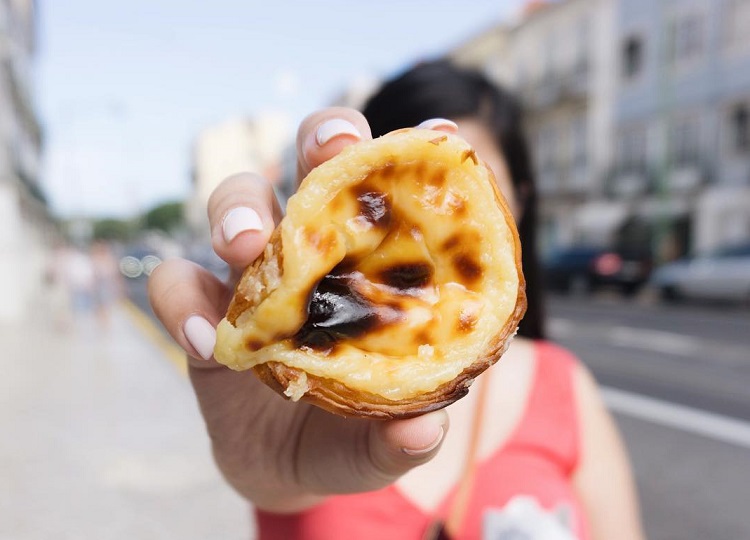

40 things to do in Portugal at least once in your life
Participate in a half marathon in Lisbon and have the privilege of running over the 25 de Abril Bridge. Browse the tents of Estremoz Antiques and Ant... -


25 Best Things to Do in Porto in 2020 Portugal
On the slopes above the Douro estuary, Porto is a historic market town with business and commerce written in its own name. The center is a World ... -
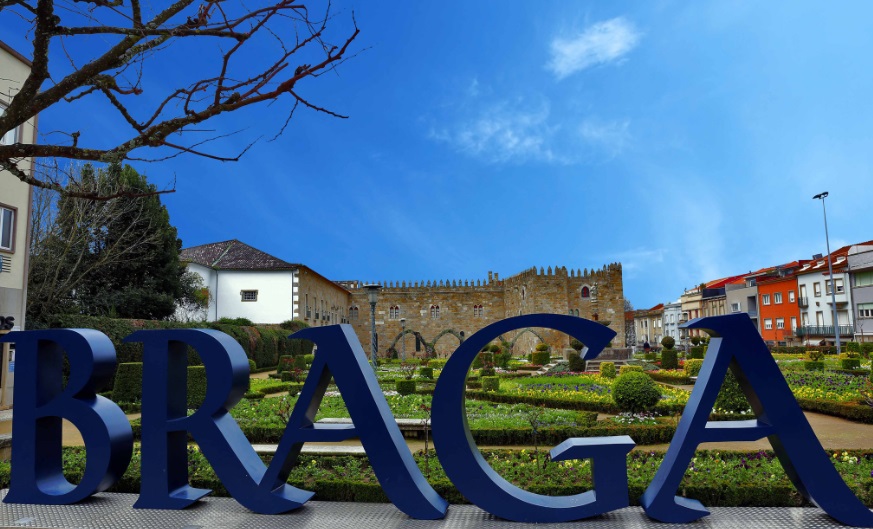

Tourism in Braga Portugal what to visit
With over 2000 years of rich history , Braga is a city of enormous beauty and rich heritage, combining tradition with innovation... -


This restaurant has the best sunset in Portugal located in Almada Lisbon
The restaurants terrace has fantastic views over Lisbon, where you can see the monuments and gardens that stretch between Belém and Parque das ... -
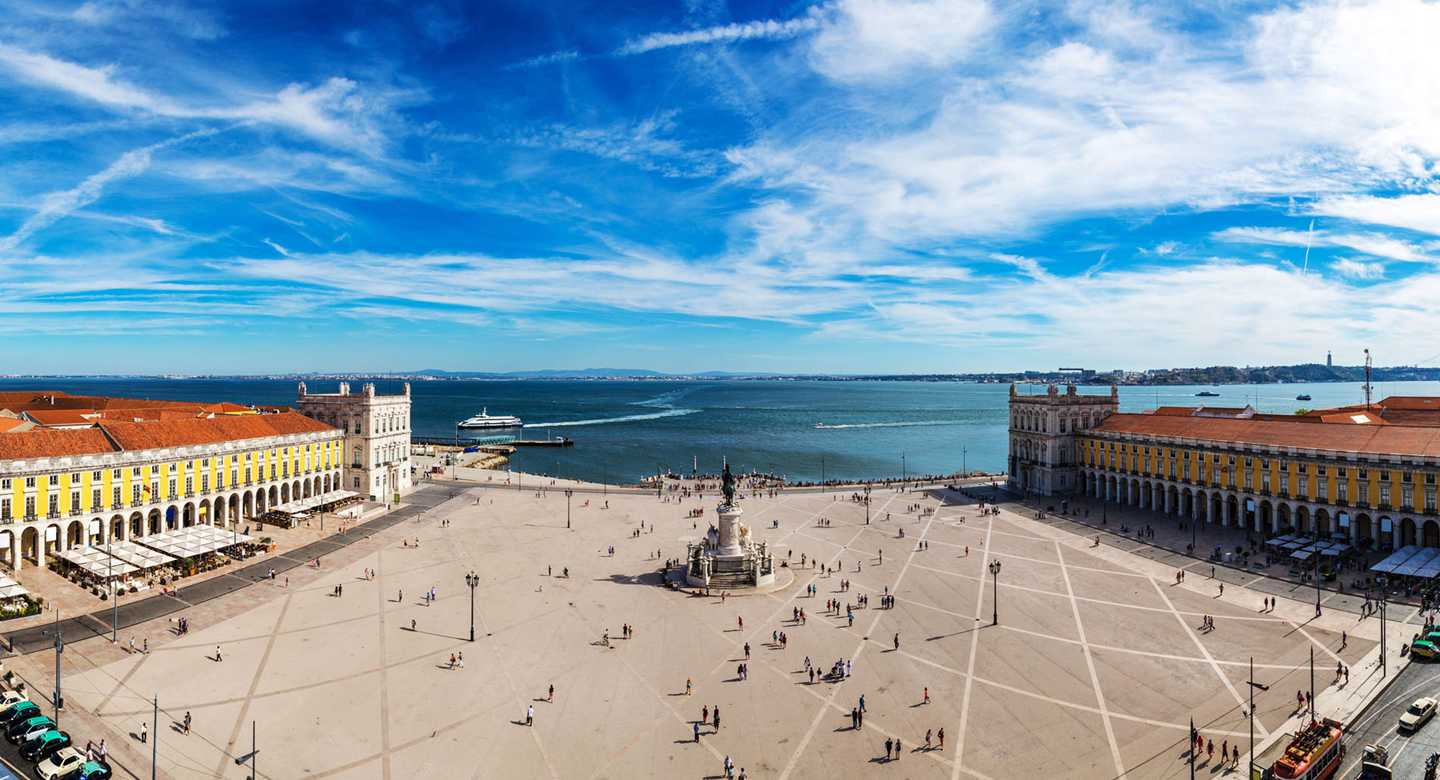

This square is the 12th largest in Europe Portugal in 5th
The Praça do Comércio , formerly the Palace Square , is a square in downtown Lisbon &nbs... -
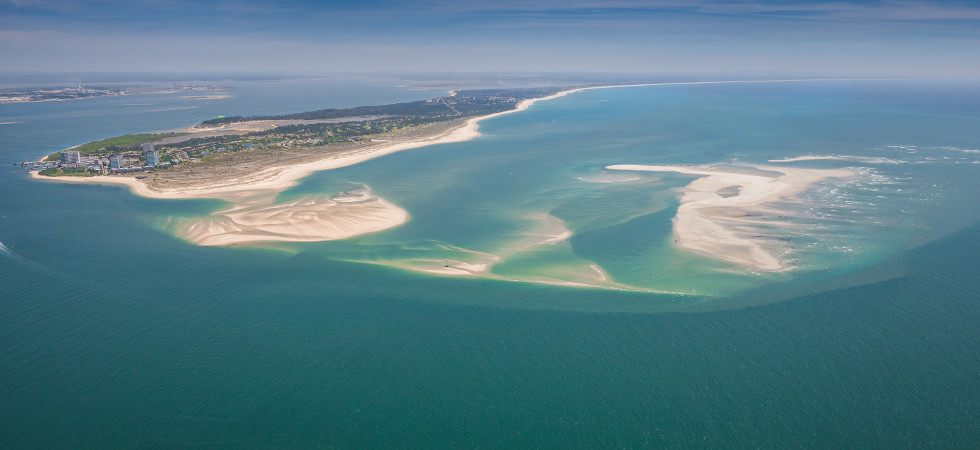

50 km from pure paradise this is the longest beach in europe
Between the Atlantic Ocean and the Alentejo Plain, 45 km long, from the far end of the Troia Peninsula to Melides beach, the coast of Grândola i... -


Monte Brasil is in Portugal and is an almost unknown pearl Island Azores
Always present south of the city are the remains of a cone created after the ancient eruption of the Guilherme Moniz volcano. This is at the end of a... -
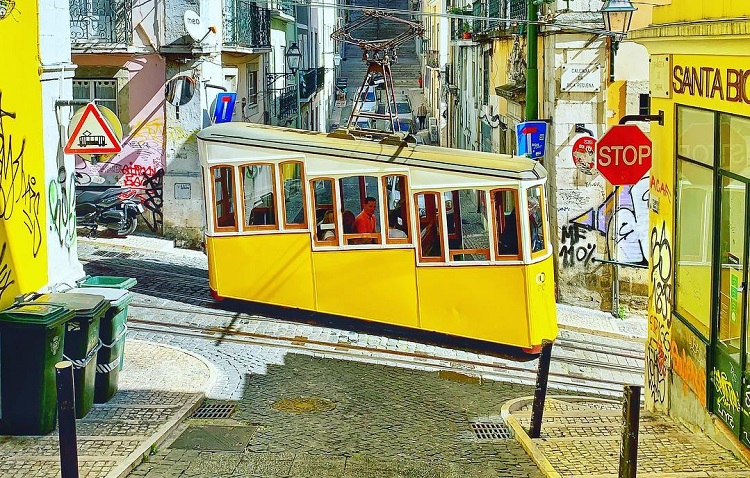

The most beautiful lift in the city Lisbon Portugal
One of the emblems of Lisbon is its electric cars, which have been in operation since the late 19th century. From this picturesque transport syst...
